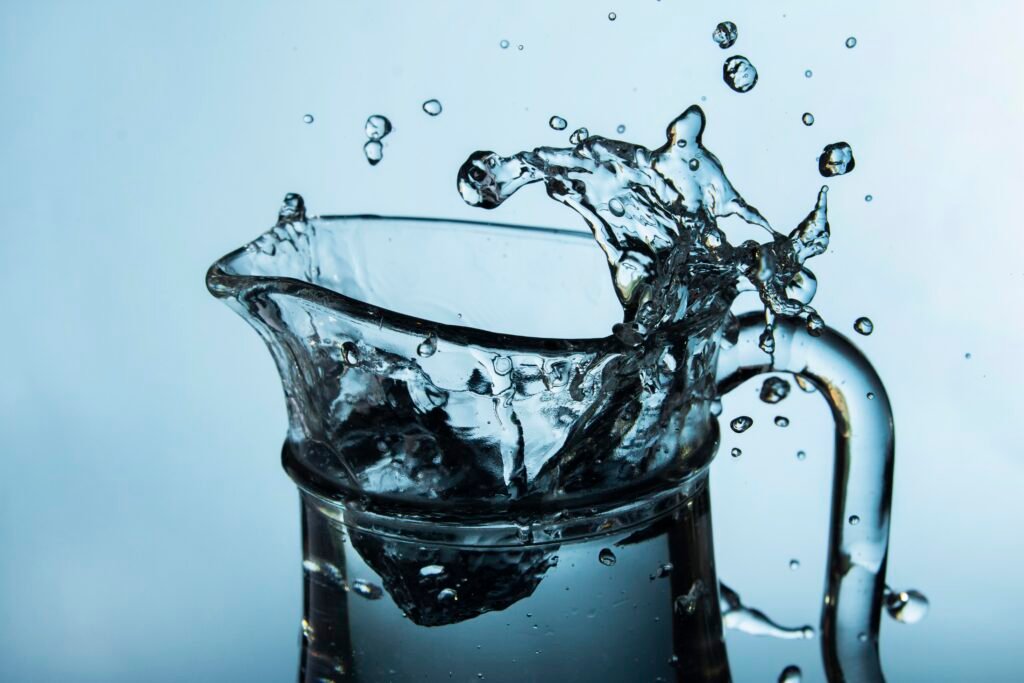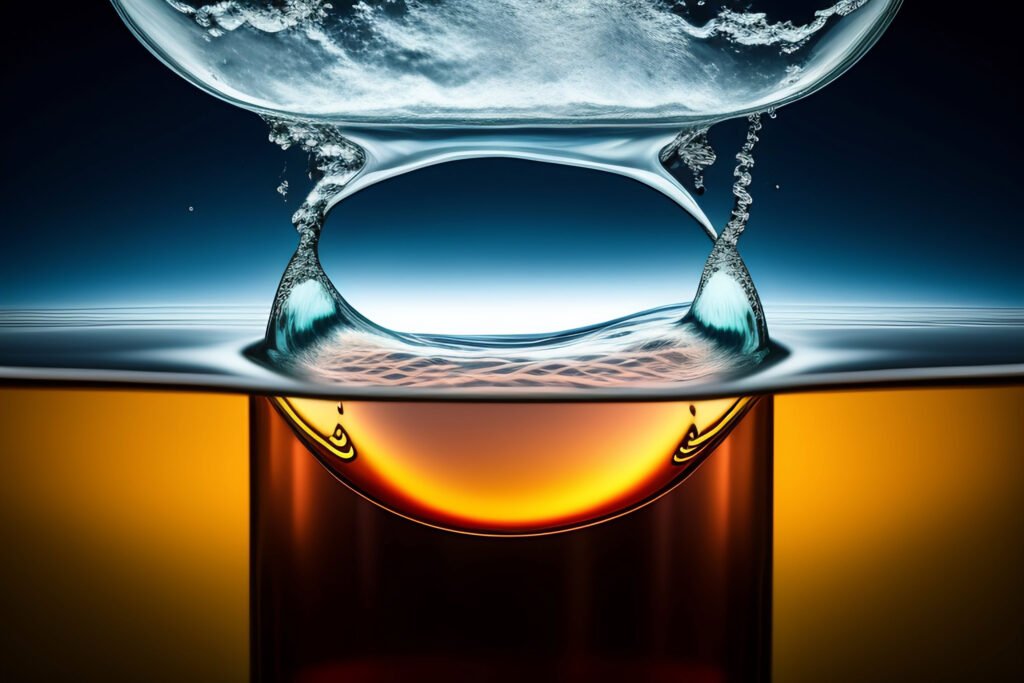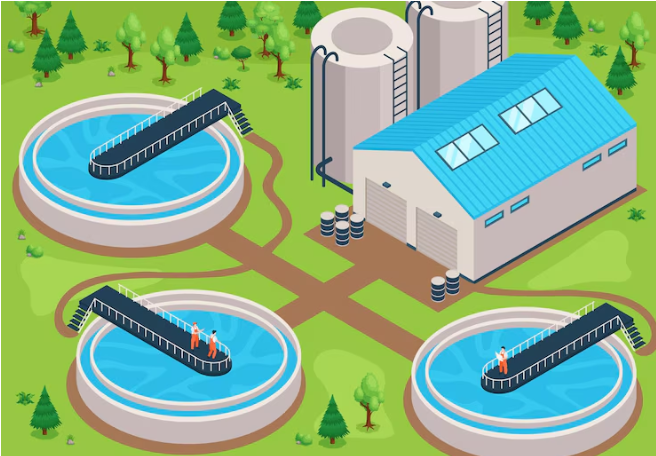Water Filtration Plants – A Complete Overview
Explore the principles of water filtration plants, including reverse osmosis, gravity filtration, distillation, and disinfection, ensuring clean, safe drinking water.
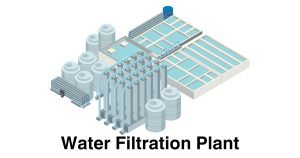
Water Filtration Plants
Water filtration plant: what is it?
Simply put, it is a filtration system that filters out suspended particles from a fluid using a filter and media. It is used by facilities that produce food and beverages, wastewater, drinking water, and industrial manufacturing.
Water filtration can reduce the amount of bacteria, viruses, and parasites present in water by removing suspended particles. It can also eliminate substances like nitrates, chloramines, and other substances that can be harmful to health.
Reverse Osmosis
Water treated with reverse osmosis removes suspended and dissolved solids. To carry out the process water is forced across a semi-permeable membrane – similar to the one found within a plant cell.
Large molecules are blocked by the membrane, yet water continues to flow through it. The water cycle continues back and forth until the concentrations of all the ingredients are equal.
After filtering, the water is released into the waste stream.
The most effective way to purify water is considered to be using reverse osmosis equipment to filter water. These systems remove large amounts of impurities by filtering water using the osmosis process. The concentrated water produced by these systems is known as effluent, and the water that is cleaned by them is called permeate.
These systems come in a variety of designs, from single taps to systems for the entire home.
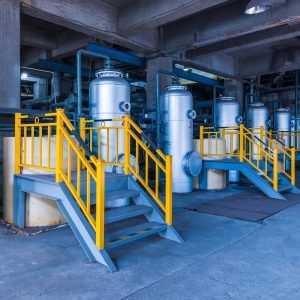
Gravity Filtration
Gravity filtration is the simplest and most widely used form of water filtering method. This technology collects water using concrete tanks with a mesh bottom. Then, as the water passes through layers of graded sand, it is filtered. Perforated pipes are used to return filtered water to drinking supplies. Filters may be closed or open.
The filter element is located in the upper chamber of the gravity water filter. Due to the small pores of this element, water can pass through it and be filtered.
After the filtration process is finished the clean water is collected in a tank below the filtration system. Unlike other technologies, gravity filtration operates without the need for plumbing or electricity.
Rather, due to the weight of the filter element, water flows past the filter.
The granular filter medium acts as a barrier between the components of the gravity filter system. The effective diameter of granular filter media ranges from 0.5 to 1.5 mm.
This method is usually applied to eliminate paint and solids larger than ten or twenty microns. The smallest particles are eliminated by the use of coagulating agents.
On top of the basin, conditioned raw water is poured. It then descends through the media bed and is collected by an under-drain system. A sludge removal procedure is required from time to time.
Distillation in Water Filtration Plant
The practice of distilling water has been going on for many centuries. This process of purifying water of toxins has been going on since at least 200 AD.
It’s easy to use, requires few parts, and is based on the water cycle as it occurs naturally. When used in conjunction with reverse osmosis water filters, distillation is a highly efficient technique for eliminating impurities from water.
Not everyone is interested in distillation in water filtration facilities.
Most of the dissolved material is removed by the distillation process. Furthermore, it eliminates organic pollutants.
It is possible that some volatile organic molecules will not be eliminated. For example, upon heating, some organic components will evaporate but will remain in the filtered product. Solar or multistage flash distillation are two types of distillation techniques.
Distillation can reduce the amount of organic pollutants in both situations. Water distillation systems can generally remove metals, sludge, and organic pollutants.
Additionally, a variety of pollutants, such as lead, asbestos, and chromium, can be eliminated via distillation. Distillation is typically employed in sizable water filtration facilities.
The material utilized for distillation is stainless steel, and a powerful fan is employed to accelerate the cooling process and turn vapor into liquid.
These techniques are economical as well as successful. Water filtration requires the purification of the water, and distillers are a great option for people looking to raise the quality of their drinking water.
Disinfection
The composition of the chemical agent and the amount used determines how effective the disinfection is. Although the dosage should not threaten the health of end users, it should have a minimal harmful effect on the visual quality of the finished water.
The amount of residue left after disinfection should also be taken into account when calculating the dosage of disinfectant. Additionally, large amounts of land may be required to maintain the volume of water required for transfer to the distribution system.
Chemical disinfectants are also used by water treatment facilities to eliminate remaining bacteria, viruses, and parasites.
After filtering the water, the disinfectant is released back into the neighborhood. If any bacteria, viruses, or parasites survive the cleaning process the resulting water is unsafe to consume.
Therefore water treatment facilities ensure that when water leaves the facility, the amount of chemical disinfectants is extremely low.
Other treatment processes, such as chlorination, affect the composition of the bacterial community in addition to chlorine disinfection. Through biodegradation of pollutants, these bacteria can aid in the filtration process. However, customers’ health may be at risk, as some germs may carry human diseases.
FAQ
How long does it take to build a water treatment facility?
Answer: Construction of the temporary water treatment plant took approximately five months, whereas the normal time frame was eighteen months to two years.
How do plants benefit from water filtration?
Answer: As water passes through the soil, plant roots and soil may remove some or all of the components, depending on whether they are floating or dissolved in the water. Most hanging materials will stick to the ground. Plants can then decompose these and use them as food.
Why is a water filtration plant necessary?
Answer: Water filtration plants provide clean and safe drinking water by completely cleaning and disinfecting unsafe and impure water using sophisticated technologies. An entire village of about 5,000 people can get clean water from each water filtration plant every day!
What is the process of filtration?
Answer: Typically, filtration uses a circle of filter paper. Roll it into a cone shape and place it inside the filter funnel. The liquid that passes through the filter paper is called the filtrate, and the solid that remains on the filter paper is called the residue.
Do water filters remove any chemicals?
Answer: They can free the water source from most pollutants including germs and minerals. However, it is not possible to remove hydrogen sulfide, a gas that has a horrible ‘rotten egg-like smell, from acidic water using reverse osmosis or a distiller.

